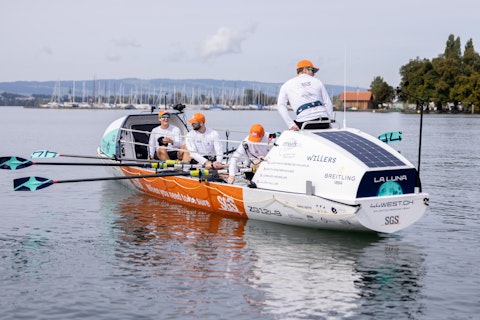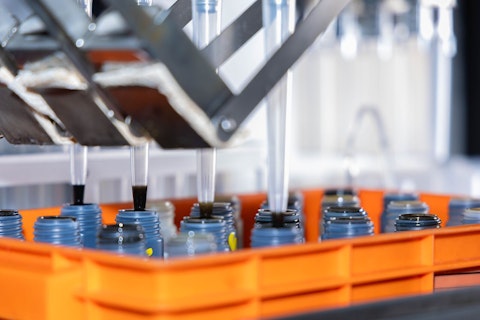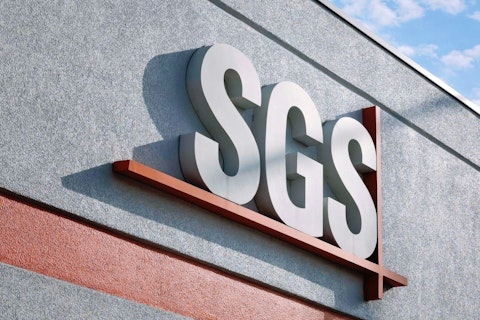News Type
Publication Date
Topic
2792 results found

SGS Achieves A- Leadership Score in CDP 2025 Assessment
Earning an A- places us among the top-scoring professional services companies in climate disclosure and performance.
Read more
Spain Proposes New Accessible Labeling Rules for Cosmetic Products
Understand Spain’s new accessible labeling rules: what they require, who must comply and how to prepare.
Read more
Supporting Global Brands at Saudi Lifestyle Week 2025
Learn how SGS supported global lifestyle brands in achieving fast, compliant market access at Saudi Lifestyle Week 2025.
Read more
EU Toy Safety Regulation 2025/2509 Published
New EU Toy Safety Regulation 2025/2509 published on December 12, 2025, introducing new requirements such as the Digital Product Passport (DPP)
Read more
JRC Issues Updated Kitchenware Testing Guideline
The European Commission Joint Research Center (JRC) publishes updated guidelines for kitchenware testing.
Read more
Health Canada Releases Updated Flammability Guidelines for Children’s Sleepwear
Health Canada has released an updated version – November 2025 – of the Guidelines for the Flammability Requirements of the Children's Sleepwear Regulations under the CCPSA.
Read more
Extending Forestry and Biomass Certification Services with Sustainable Biomass Program (SBP) Accreditation
We have expanded our forestry and biomass certification services with SBP accreditation, strengthening assurance for responsibly sourced biomass worldwide.
Read more
UV Testing for 44west Race Kit
Testing clothing to ensure it performs as claimed and can withstand the rigors of a month at sea, will ensure the crew’s protection and comfort.
Read more
From Core to Cargo: Driving FPSO Integrity and Compliance with Turnkey Laboratories
Our turnkey laboratory program offers fully equipped ISO/IEC 17025 aligned facilities, designed to perform safely and efficiently in offshore and remote environments.
Read more
Succession to the Chair of the SGS Board of Directors
Calvin Grieder, Chair of the Board of Directors, to step down at the 2026 Annual General Meeting.
Read more